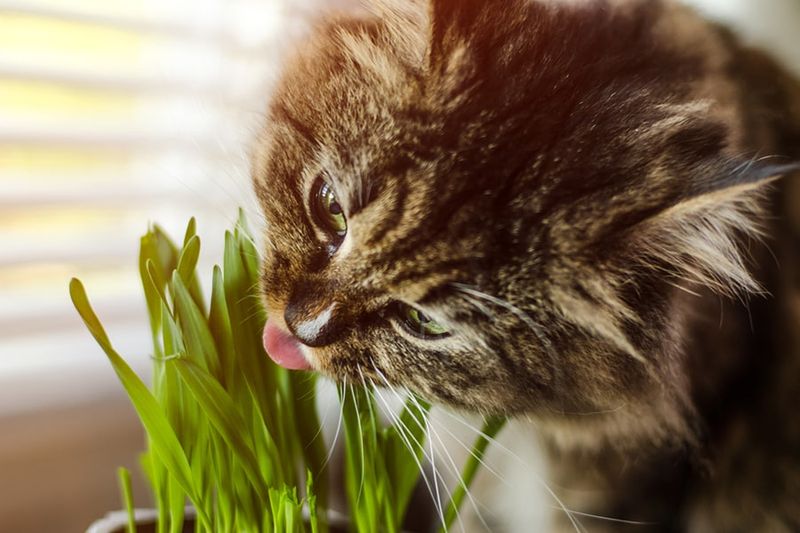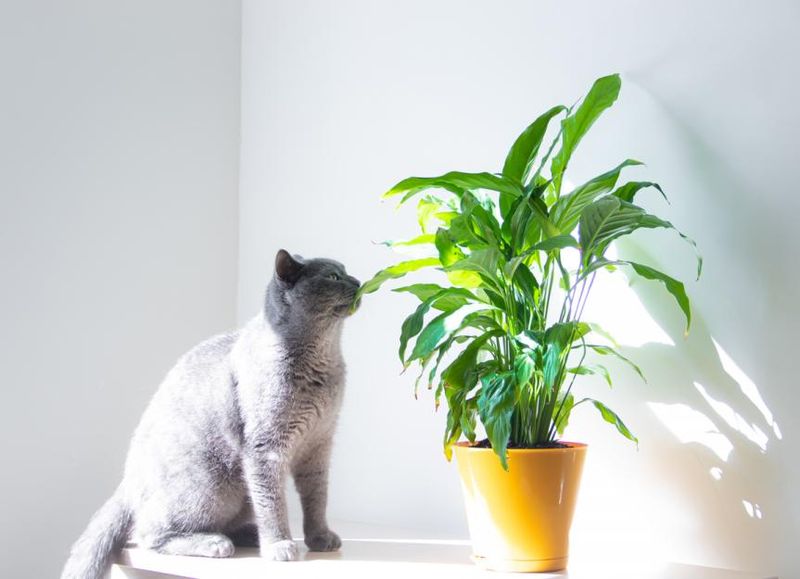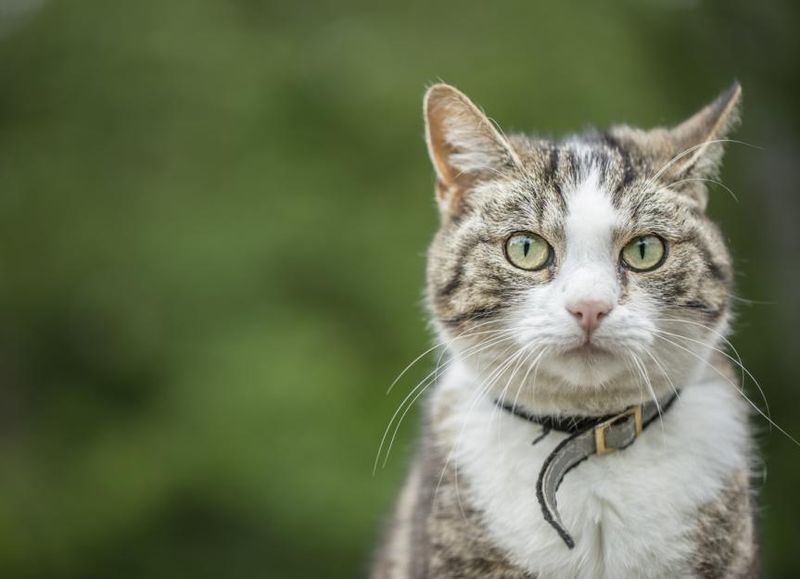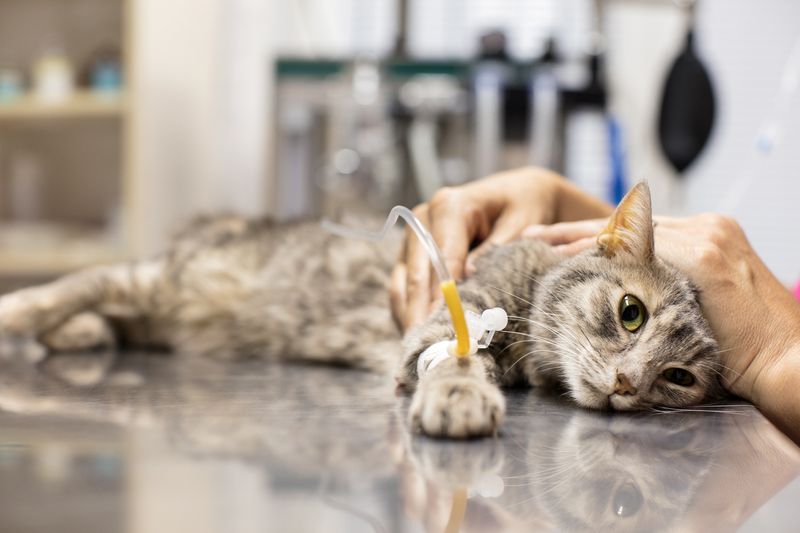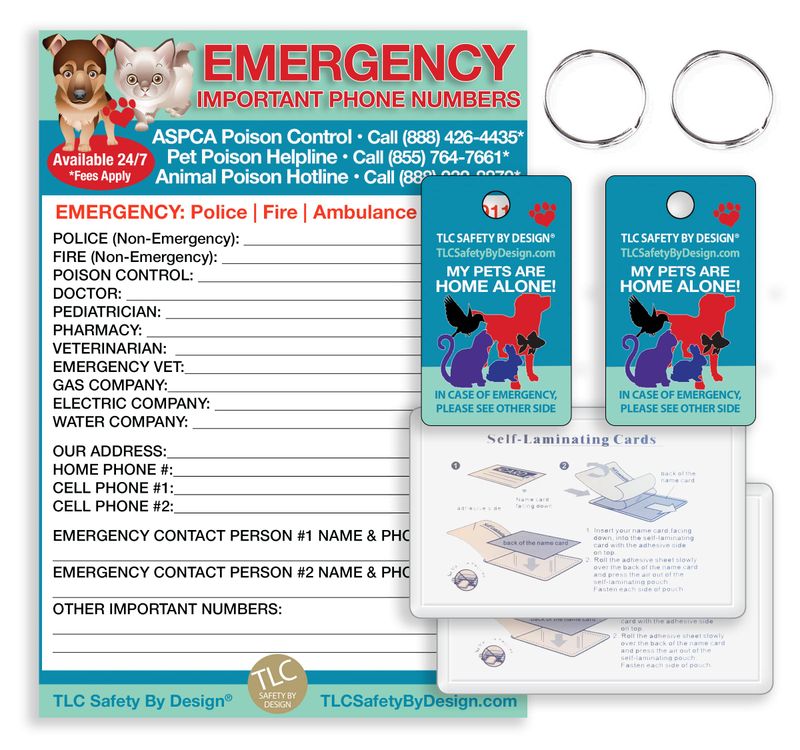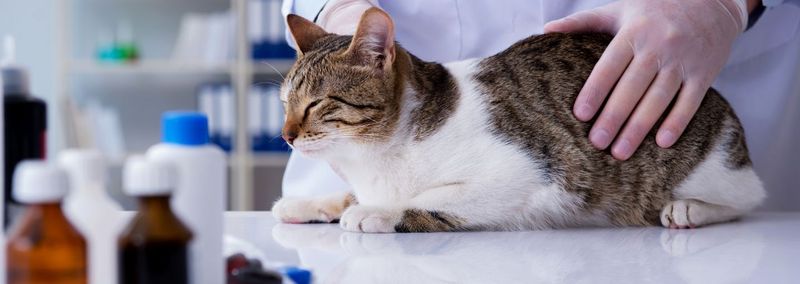📖 Table of Content:
Finding out that a cat has ingested poison can be an overwhelming and frightening experience. The first moments are critical, as rapid action can greatly impact the outcome. Remaining calm and focused is essential when addressing this serious situation.
Identifying the substance ingested is the first step in determining the appropriate course of action. Whether it’s a household cleaner, a toxic plant, or something else, understanding what your cat has consumed can guide you in seeking the right treatment. Knowing what to do in the immediate aftermath can help reduce the potential harm.
Promptly contacting a veterinarian and following their guidance is vital. The quicker the cat receives medical care, the better the chances of a full recovery. Taking these steps immediately ensures that every effort is made to safeguard the cat’s health and well-being.
1. Identify the Suspected Poison
First things first, identify what your cat might have ingested. This step is crucial because knowing the poison helps determine the appropriate treatment. Check for open containers, spilled substances, or chewed plants. Look for any evidence that might hint at what your cat ingested.
If you’re lucky enough to witness the act, note the time and amount consumed. Pay attention to your cat’s behavior and symptoms, as these can also offer clues. This information will be invaluable when you contact your veterinarian or a pet poison helpline.
2. Remove the Cat from the Source
Once you’ve identified the potential poison, immediately remove your cat from the area. This prevents further ingestion or exposure to harmful substances. Carefully pick up your furry friend and place them in a safe, quiet room away from the source.
Make sure to close doors and secure any other pets to avoid similar incidents. By removing your cat from the hazardous environment, you protect them from additional dangers. This simple action can significantly reduce the risk of further poisoning and help you focus on the next steps.
3. Avoid Inducing Vomiting Unless Instructed
It’s natural to think inducing vomiting might help, but it’s not always safe. Never induce vomiting without professional guidance, as it can cause more harm than good. Some substances can cause burns or other injuries if brought back up.
Wait for your veterinarian’s instructions before taking any action in this regard. They will assess the situation and determine whether vomiting is necessary and safe. In some cases, inducing vomiting might be the right step, but leave this decision to the experts.
4. Gather Evidence of the Poison
While waiting for professional advice, gather evidence of the poison. Collect samples of any spilled substances and take photos of the area. Note any chewed plants or open containers.
This information can be helpful to your veterinarian. Providing tangible evidence allows for a more accurate diagnosis and tailored treatment. It’s a crucial step that can improve the chances of a swift and effective recovery for your cat. Keep all evidence safe and readily available for when you visit the clinic.
5. Monitor Your Cat’s Symptoms
Keep a close eye on your cat’s symptoms, as they can change rapidly. Note any signs of distress, such as vomiting, lethargy, or difficulty breathing. These observations are vital for your veterinarian’s assessment.
Jot down the frequency and severity of symptoms to provide detailed information when asked. Be prepared to offer updates if symptoms worsen or new ones appear. Monitoring your cat’s behavior closely can aid in making timely decisions about their care and ensure they receive the attention they need.
6. Keep Emergency Numbers Handy
In emergencies, having the right numbers at your fingertips is vital. Keep a list of emergency contacts, such as your veterinarian and pet poison helpline, easily accessible. A visible spot, like the refrigerator door or your phone contacts, is ideal.
This ensures you can act quickly without wasting time searching for numbers. Preparedness can make a significant difference in how efficiently you handle the situation. Knowing who to call can alleviate stress and provide the support needed during a poisoning emergency.
7. Administer First Aid if Advised
If your veterinarian advises first aid, follow instructions carefully. This might include washing your cat’s paws to remove any residual poison or administering charcoal to absorb toxins.
Always use caution and ensure you’re comfortable with the procedures. If uncertain, ask for clarification or assistance. Providing first aid can be crucial in minimizing harm while waiting for professional treatment. Remember, your veterinarian’s guidance is paramount in determining the appropriate steps to take for your cat’s safety.

